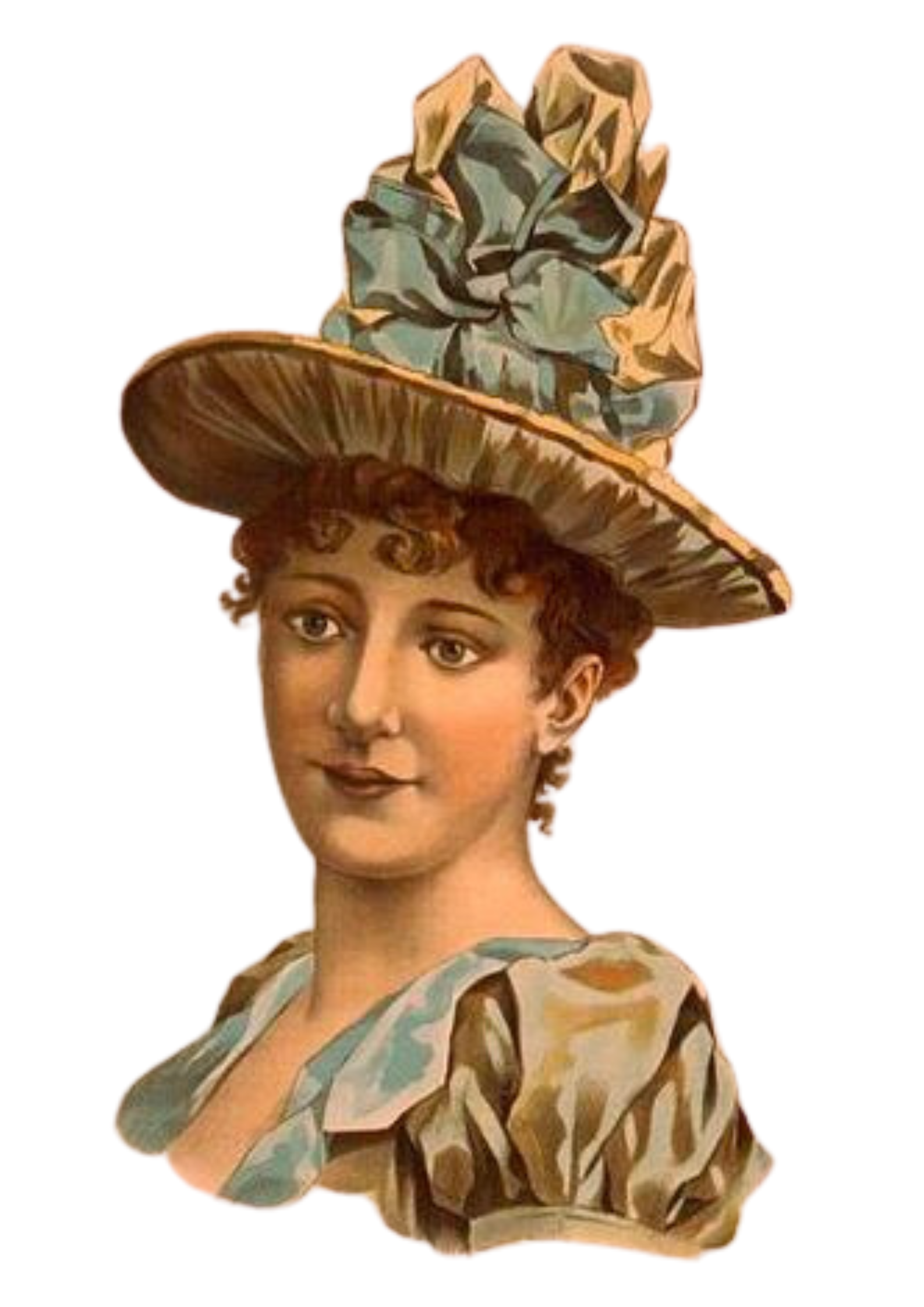TRY OUR NEW (FREE) IP RENEWAL COST CALCULATOR
Calculate.avif)
In this article, we will explore the journey of how women’s patent rights evolved in the US, the impact of the Patent Act of 1790, and the enduring legacy of the first woman to receive a US patent. The first women innovators’ stories are not just footnotes in history, but a reminder of the determination that inspired them to overcome early legal barriers to lead the way for women in innovation today.
In the early stages of American innovation, women inventors were rare, not because of a lack of creativity, but because of the legal restrictions that limited their activities. Before the late 18th century, women in the United States were not considered independent entities under the law. This prevented them from holding patents in their own names.

Sybilla Righton Masters found a clever way around gender discriminative legal restrictions. Although she could not file for a patent in her own right, her husband received one in 1715 for a process to cure corn that she had invented.
When women inventors had limited options to gain recognition for their work, they had to settle for a patent filed by a male relative.
The federal government of the United States passed the first patent law, the Patent Act on April 10, 1790, and it redefined the subject matter of a U.S. patent.
The Patent Act brought revolutionary changes to patent law. It established patents as a right of the inventor, and the law also introduced an examination system that set standards for patentable inventions.
The Patent Act allowed women to be credited for their inventions. However, societal acceptance did not immediately follow and female inventors often faced skepticism.

It is difficult to determine who obtained the first patent due to a lack of documentation, but most resources credit Mary Dixon Kies as the first female US patent holder.
Mary Dixon Kies' method of weaving straw with silk or thread was granted a US patent in 1809, making her the first woman to receive a patent in her own name. Her patent made it possible to weave hats more efficiently.
Kies' hat-making technique was sturdier than others because she used silk instead of straw for stitching. It was also cost-effective, which is why many companies adopted it.
Her invention was significant in the hat-making industry and even received praise from the then-First Lady, Dolley Madison. Although Mary's patent file was destroyed in a fire at the United States Patent Office in 1836, Kies' success laid the groundwork for future generations of women inventors.
Today, the patent field has been transformed by the contributions of women. From only 20 patents held by women in 1840, the number has soared to hundreds of thousands, with women involved in 12,8% percent of all patent applications today in the US.
The gender gap still varies across countries. However, there has been a significant improvement in recent years. In 2022, the percentage of global patent applications made by women increased to 17,1% from 10,6% in 2018, according to the latest WIPO report.
These figures demonstrate continuous progress and overcoming obstacles, although there is still a big room for improvement in achieving gender balance.
It is not only the inventions that we remember but also the resilience of these pioneering women who changed the historical rules in intellectual property and shaped the future with their legacy.
Interested in a free IP renewal consultation? Benchmark your current IP renewal setup and costs against market standards.
